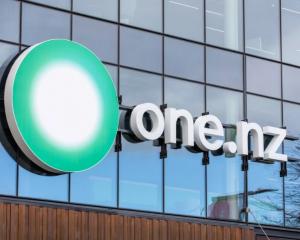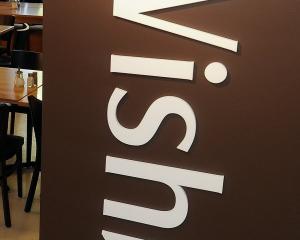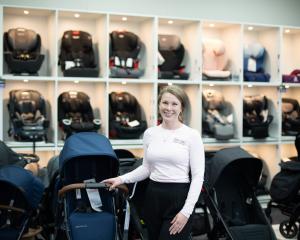The cooling housing market appears to have slowed retail spending, as sales of appliances and furniture fell in September.
Statistics New Zealand yesterday released its electronic card transactions data, which showed consumers spent less on fuel but more on core shop sales, leaving overall retail spending for the three months ending September down 0.1%, or flat.
In the June quarter, sales rose 0.6%.
Electronic card spending on fuel in the September 2017 quarter fell $129 million, or 7.1%.
''This drop in fuel spending coincided with lower fuel prices at the beginning of the quarter,'' Statistics NZ retail manager Sue Chapman said.
Otago Chamber of Commerce chief executive Dougal McGowan said it was an ''interesting change'' to see less spending, even when immigration numbers were still high.
Softer prospects for the economy also appeared in the latest chamber business survey, he said.
Card spending in the core retail groups fell slightly. There was a solid 0.8% rise in spending on consumables, but spending was down in the quarter for durable goods, clothing and hospitality.
Westpac senior economist Michael Gordon said the level of card spending was down since the start of the year.
Consumer spending in New Zealand tended to have a strong link with the housing market.
''The slowdown in spending is consistent with the cooling in house prices over the last year. In the absence of a renewed fall in interest rates, we expect the housing market, and therefore growth in consumer spending, to remain subdued over the next couple of years.''
ASB senior economist Mark Smith agreed but added election-related uncertainties also took their toll on spending.
Consumers were expected to show restraint during the next two months until a clearer picture of the new government emerged.
There were no immediate implications for the official cash rate, although the Reserve Bank would be concerned another undershoot of its economic growth (GDP) forecasts looked to be on the cards.
OCR rises still looked a long way away, he said.
There were several catalysts behind the subdued result.
The spate of wet weather probably contributed to the 1.1% fall in apparel sales. Election-related uncertainties and the slowing housing market probably contributed to the 1.2% fall in durable spending although spending in consumables and hospitality held up.
Higher fuel fuel prices likely underpinned the monthly 0.8% rise in fuel spending but the 7.1% quarterly fall in fuel spending suggested consumers had been redirecting spending to other areas, Mr Smith said.
''With election-related uncertainties expected to persist into the fourth quarter, the likelihood is consumer spending will play less of a role in the domestic expansion in the second half of this year than it did in the first.''
However, ASB still expected moderate rates of consumer spending ahead, supported by the strong employment market, low rates of unemployment, strengthening rural incomes and the elevated goods terms of trade, he said.
Looking at the monthly figures, durable spending was down in September by 1.2%, apparel was down 1.1%, hospitality was down 0.2%, and vehicle spending, excluding fuel, was down 0.1%.
Comments
With a cooling house market so will selling prices. But the mortgage payments will be one day higher than they are now....Some will lose homes. it will then be a buyers market. its called a property slump . high interest












